Electric scooter laws in California govern how and where you can ride these popular vehicles. You can zip around on streets with speed limits under 25 mph, but must keep your own speed below 15 mph.
No sidewalk riding allowed—stick to bike lanes and roads! And remember, just one rider per scooter.
These battery-powered two-wheelers have taken over California cities as a fun, eco-friendly way to get around. Whether commuting to work or exploring on weekends, knowing the rules keeps you ticket-free and safe.
Ready to learn everything about riding legally in the Golden State? Read on to become an e-scooter pro!
Essential California Electric Scooter Regulations

California has specific rules for electric scooters that all riders must follow. These regulations cover who can ride them and what you need before hitting the road.
Legal Definition and Recent Updates
In California, electric scooters are defined as devices with two wheels, a floorboard for standing, and handlebars. They must have a motor and cannot exceed 15 mph on level ground.
You must ride them on roads or in bike lanes—never on sidewalks. Recent updates to the California Vehicle Code have clarified where you can ride.
You can use bike lanes, but must stay on the right side of the road when no bike lane exists. Some cities like San Francisco and Los Angeles have added their own rules. These local regulations might limit parking areas or set "no-ride zones."
Always check your city's specific rules before riding. The laws can change, so staying informed keeps you legal and safe.
Age and License Requirements
You must be at least 16 years old to operate an electric scooter in California. This age requirement is strictly enforced throughout the state.
As a rider, you need a valid driver's license or learner's permit. Your regular driver's license works fine; you don't need a special scooter license.
If you're under 18, you must wear a helmet while riding. This is non-negotiable and helps protect you from serious injuries.
Adults (18 and older) aren't required to wear helmets under state law. However, wearing one is still a smart safety choice.
Some rental companies might have their own age restrictions. They often require riders to be 18 or older regardless of state law.
Don't let friends without licenses borrow your scooter. You could be responsible if they break the law or cause accidents.
Where You Can Legally Ride E-Scooters in California

California has specific rules about where you can ride electric scooters. Understanding these regulations helps you stay safe and avoid tickets while enjoying your e-scooter.
Road and Bike Lane Rules
You must ride your e-scooter in bike lanes whenever they're available. This is required by California Vehicle Code §21229. These lanes might be called bikeways, bike paths, or bicycle paths.
When no bike lane exists, you should ride on the right edge of the roadway. The speed limit for e-scooters is 15 mph, no matter where you ride.
E-scooters can be used on:
- Class I bike paths (separate from streets)
- Class II bicycle lanes (marked by solid white lines and bicycle symbols)
- Public roads with speed limits of 25 mph or less
You must follow all traffic rules just like other vehicles. This includes stopping at red lights and stop signs.
Prohibited Areas (Sidewalks, Highways, Bridges)
You cannot ride e-scooters on sidewalks in California. This rule protects pedestrians from accidents.
Other prohibited areas include:
- Highways with speed limits over 25 mph
- Most bridges and tunnels
- Crosswalks (you must walk your scooter through them)
- Pedestrian-only zones and trails
In urban areas, special signs might show additional no-riding zones. Some cities have their own stricter rules about where e-scooters can go.
If you need to cross a pedestrian area, you must get off and walk your scooter. This counts for busy shopping areas and crowded pathways too.
Also check out our article on the best electric scooter for adults to find a model that meets California's requirements while fitting your lifestyle.
California E-Scooter Safety Requirements
California has specific safety rules for electric scooter riders. These rules help keep everyone safe on roads and sidewalks.
Speed Limits and Riding Positions
E-scooters in California must not go faster than 15 mph. This speed limit applies everywhere you ride. You need to stay aware of your surroundings and adjust your speed when needed. You can't ride your e-scooter on sidewalks.
The law says you must use bike lanes when available. If there's no bike lane, you can ride on roads where the speed limit is 25 mph or less.
When riding, you must keep one hand on the handlebars at all times. This helps you maintain control. You also can't carry packages that prevent you from keeping at least one hand on the handlebars.
At night, your scooter needs proper lighting. This includes a front light visible from 300 feet and reflectors.
Helmet and Equipment Regulations
If you're under 18, you must wear a helmet when riding an e-scooter in California. The helmet must fit properly and be fastened securely. Though adults aren't required to wear helmets, it's still a good safety practice.
Your e-scooter needs to have working brakes. Without good brakes, you can't ride legally in California.
When riding at night, you need:
- A front lamp that produces a white light visible from 300 feet
- A red reflector on the rear visible from 500 feet
- White or yellow reflectors on each side visible from 200 feet
These lighting requirements help drivers see you in dark conditions. Remember that riding while using headphones covering both ears is against the law.
California requires working brakes and lights on all e-scooters. Learn how to keep these systems in perfect order with our electric scooter maintenance guide.
Operating Rules and Restrictions

Raptor 1250W Motor Off-Road Electric Scooter
California has specific rules that govern how you can legally operate an electric scooter. These rules help keep both riders and pedestrians safe on roads and bike lanes.
Passenger Prohibition and Handling Requirements
You cannot carry passengers on your e-scooter in California. The law clearly states that e-scooters are designed for just one person—the operator.
When riding, you must keep at least one hand on the handlebars at all times. This helps you maintain control of your scooter, especially when making turns or stopping suddenly.
For left-hand turns, you need to signal properly with your arm. Since you're required to keep one hand on the handlebars, use your free arm to signal before making the turn.
On one-way streets, you must follow the direction of traffic. Riding against traffic flow is both dangerous and illegal.
DUI Laws for Electric Scooters
DUI laws apply to e-scooters too. You can get a DUI while riding an electric scooter in California.
It's illegal to operate an e-scooter under the influence of alcohol or drugs. The same blood alcohol content (BAC) limit of 0.08% that applies to driving cars also applies to riding e-scooters.
If you're planning to drink, leave your scooter at home. Getting a DUI on an e-scooter can result in:
- Fines up to $1,000
- Possible jail time
- A mark on your driving record
The penalties may be less severe than a car DUI, but they can still impact your life significantly. Sometimes it's better to dismount and walk your scooter if you're feeling impaired or unsafe.
E-Scooter Parking and Liability in California
When you ride an e-scooter in California, you need to follow certain parking rules. Unlike cars, e-scooters can't be left just anywhere. Most cities want you to park your scooter in designated areas or bike racks.
Leaving scooters in the middle of sidewalks can create dangerous obstacles for pedestrians, especially those with disabilities. If you park improperly, you might get a ticket.
Fines for bad parking can range from $25 to $100 depending on your city. Some cities have special scooter corrals or marked zones where you should leave your e-scooter. These areas help keep sidewalks clear of debris and clutter.
Remember, you're responsible for any damage your scooter causes.
If you leave it where it blocks traffic or causes someone to trip, you could be liable for injuries. Many rental companies now require photos of properly parked scooters when you end your ride. This helps prevent parking violations.
The best places to park your e-scooter include:
- Designated scooter parking zones
- Bike racks (when allowed)
- The "furniture zone" of sidewalks (the area with benches and trees)
Never block:
- Wheelchair ramps
- Building entrances
- Fire hydrants
- Bus stops
Your parking choices matter! Bad parking isn't just rude—it's a traffic violation that can cost you money and cause harm to others.
Keep your ride in top condition to avoid safety violations. Our article on how to clean an electric scooter shows you how to maintain visibility features required by California law.
How Rules Vary in Major California Cities

While California has statewide laws for electric scooters, cities can add their own rules. Let's look at how some major cities handle e-scooters differently.
San Francisco limits where you can park scooters. You must use designated parking zones in many areas. The city also caps the number of rental scooters allowed.
Los Angeles has stricter speed limits in some areas, especially on beach paths. You might see 8 MPH limits instead of the state's 15 MPH rule in crowded spots.
In San Diego, you can't ride on certain boardwalks during busy times. The city also created "geofenced" areas where scooters automatically slow down.
Santa Monica was one of the first cities to create special rules. You must park in designated zones marked on sidewalks, and you cannot ride on the beach path.
Here's a quick comparison of some city-specific rules:
|
City |
Special Parking Rules |
Special Speed Limits |
No-Ride Zones |
|
San Francisco |
Yes - designated zones |
State standard (15 MPH) |
Downtown sidewalks |
|
Los Angeles |
Yes - away from walkways |
Varies (8-15 MPH) |
Venice Boardwalk |
|
San Diego |
Yes - marked areas |
Geofenced slow zones |
Some boardwalks |
|
Santa Monica |
Yes - painted boxes |
State standard (15 MPH) |
Beach path |
Always check your local city's website before riding. Rules change often, and some cities update their scooter laws yearly.
Conclusion
Understanding California's electric scooter laws helps you ride confidently and avoid tickets. Remember the basics: valid driver's license, no sidewalk riding, 15 mph maximum speed, and helmets for riders under 18. Following these rules keeps you and others safe on the road.
Electric scooters offer a convenient, environmentally-friendly way to navigate California's busy cities. By riding responsibly and respecting the regulations we've covered, you'll enjoy all the benefits these zippy vehicles have to offer. Now get out there and enjoy the ride – legally!
Ready to ride? Check out our lightweight electric scooter collection for easy-to-carry options perfect for California commuting, or explore our smart electric scooter collection for cutting-edge features.
And once you're riding legally, learn some fun electric scooter tricks to take your skills to the next level!
Frequently Asked Questions
Do I need a license to ride an electric scooter in California?
Yes, you need a valid California driver's license or instruction permit to legally ride an electric scooter in California. This requirement helps ensure riders understand basic traffic laws.
The DMV enforces this rule for all electric scooter riders. You don't need a special license category - any class of driver's license or learner's permit is acceptable.
Are there any age restrictions for riding electric scooters in California?
You must be at least 16 years old to operate an electric scooter in California. This age restriction is clearly defined in state traffic laws.
Kids under 16 cannot legally ride e-scooters on public roads or paths. Parents should make sure their teens have proper licenses before allowing them to ride.
Is it permitted to ride electric scooters on sidewalks in California?
No, riding electric scooters on sidewalks is not allowed in California. This rule exists to protect pedestrians who walk on sidewalks.
You must ride your scooter on the road or in bike lanes when available. The law also prohibits riding e-scooters in crosswalks - you should walk your scooter across instead.
What are the rules for riding electric scooters on public roads in California?
You can ride electric scooters on roads with speed limits up to 25 mph. On faster roads, you must stay in bike lanes when they exist.
E-scooters must stay to the right side of the road. The maximum legal speed for electric scooters is 15 mph in California, even if your scooter can go faster.
You should also follow all normal traffic laws and signals just like other vehicles.
Are helmets required when riding an electric scooter in California?
Minors under 18 must wear helmets when riding electric scooters in California. The helmet must fit properly and be fastened securely.
Adults 18 and over are not legally required to wear helmets, but safety experts and official sources strongly recommend helmet use for all riders regardless of age.
What scooters are exempt from requiring a license in California?
Stand-up kick scooters without motors don't require a license. Some very low-power electric mobility devices for people with disabilities are also exempt.
Electric scooters under 1000 watts that can't exceed 20 mph may qualify for different rules in some cases.
Check with your local DMV for the most current information about specific exemptions that might apply to your situation.


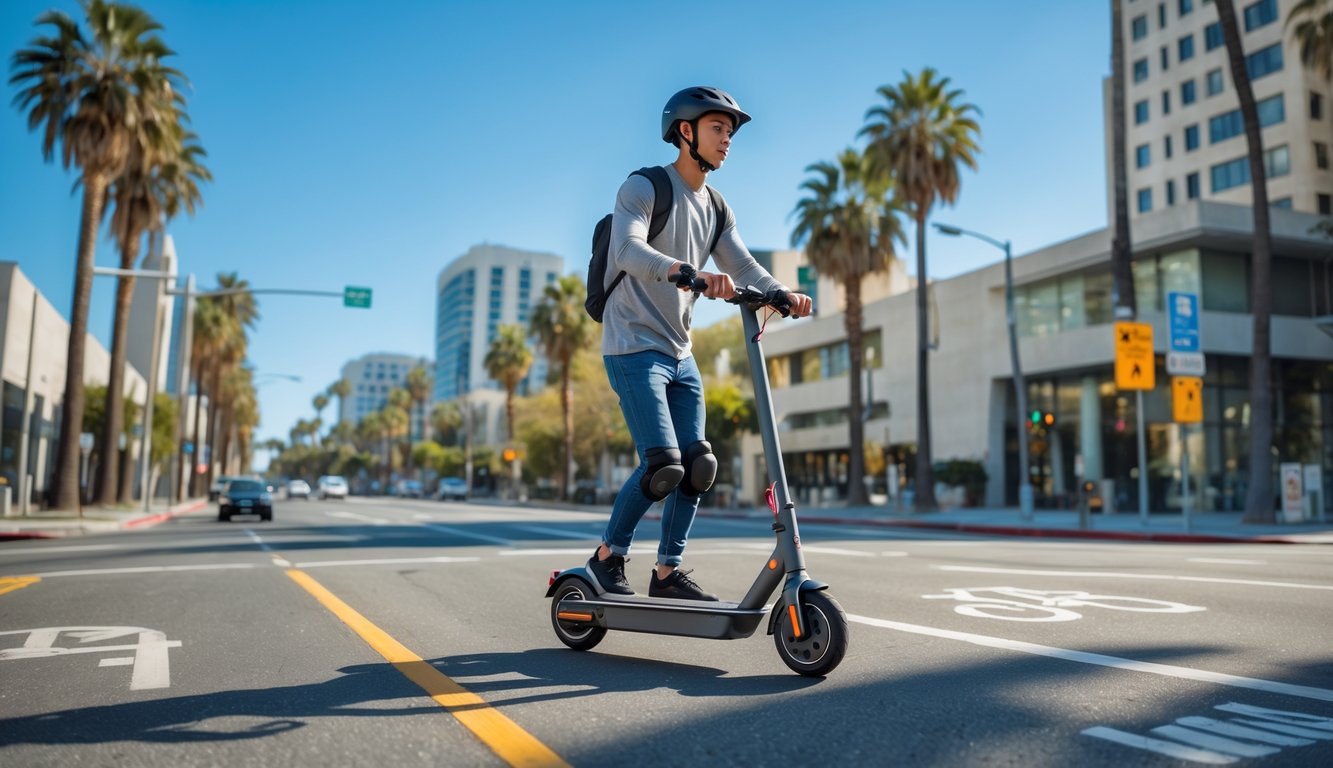
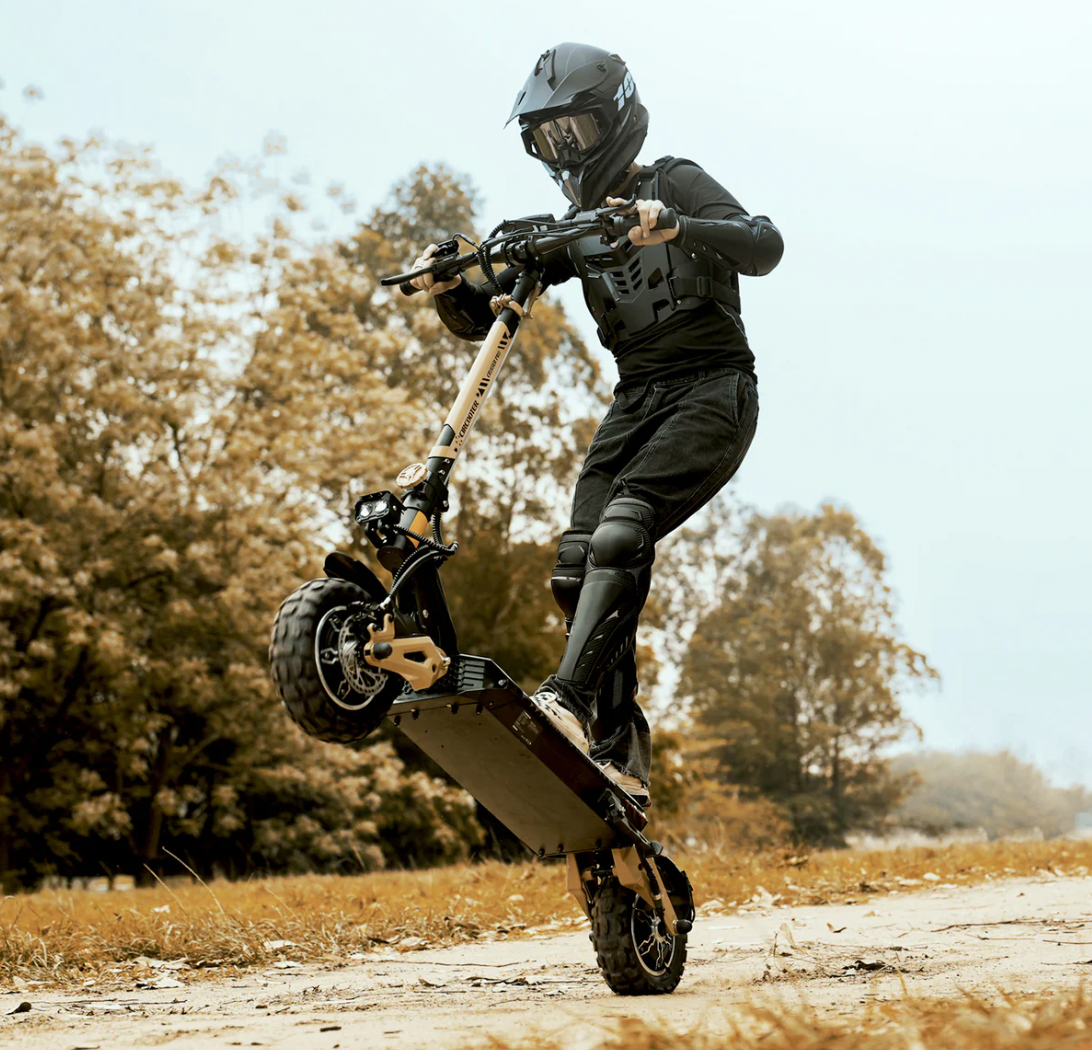
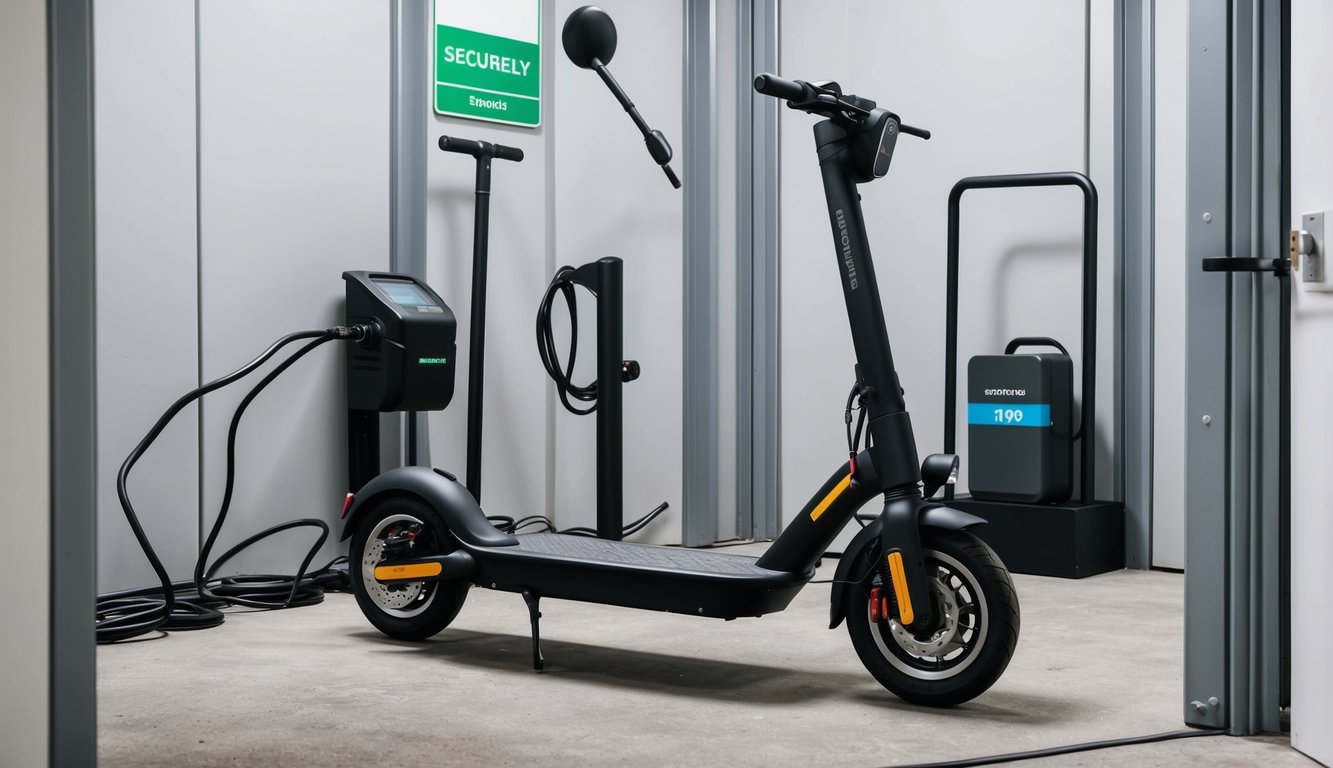

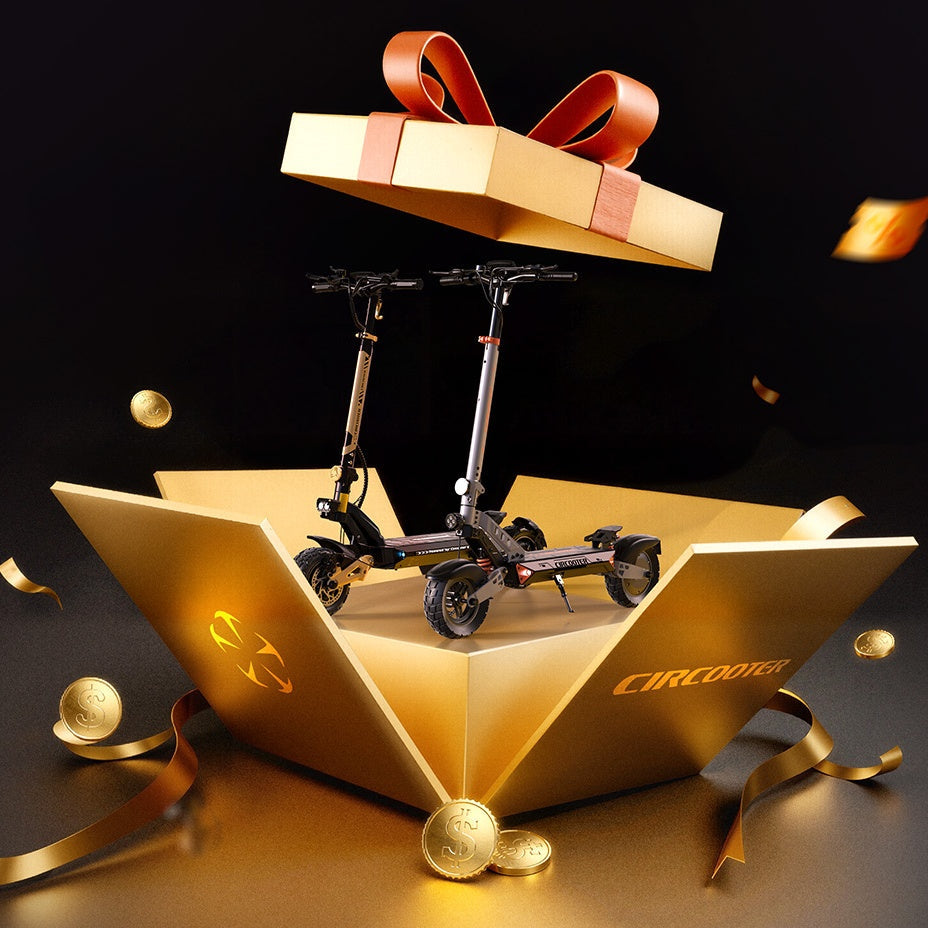
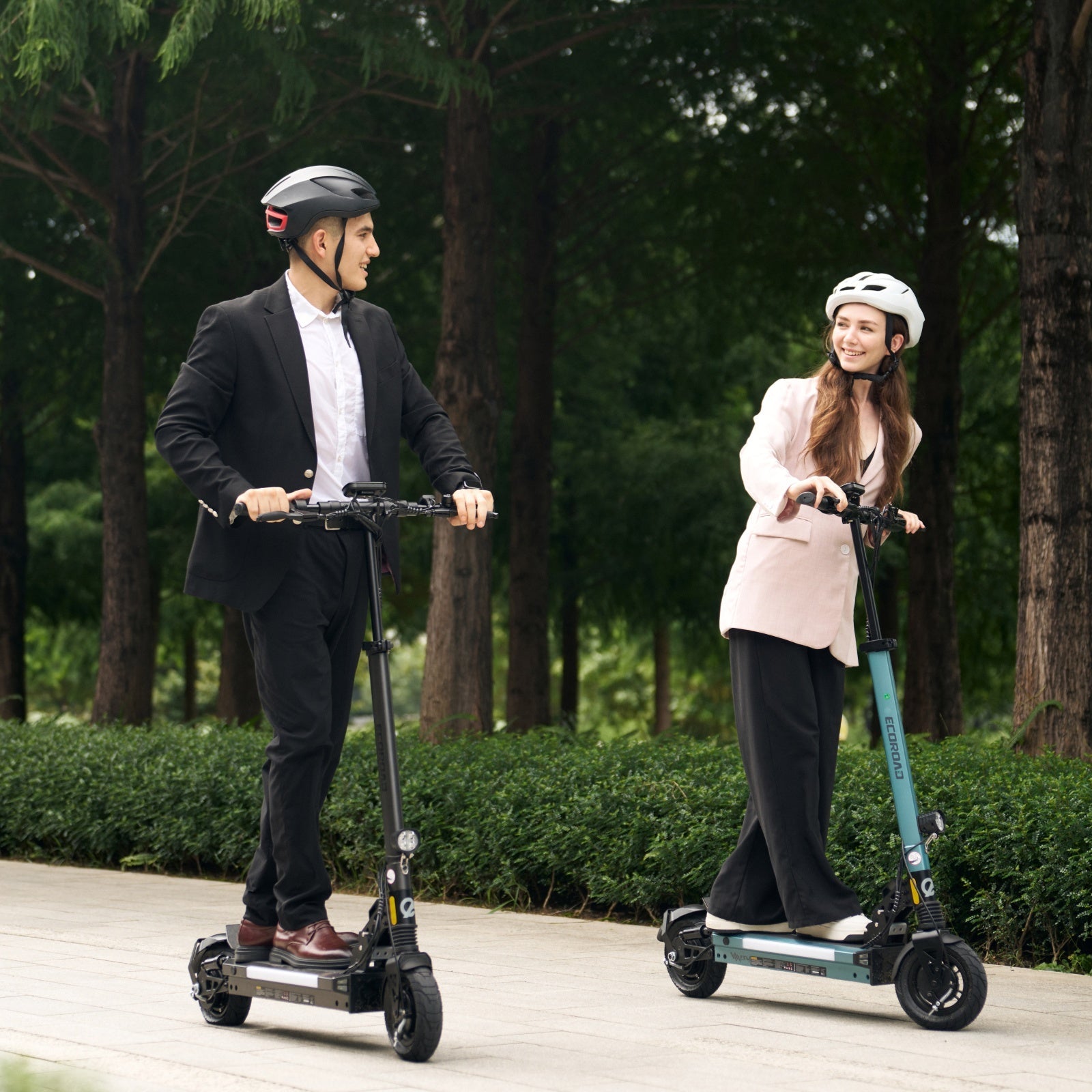
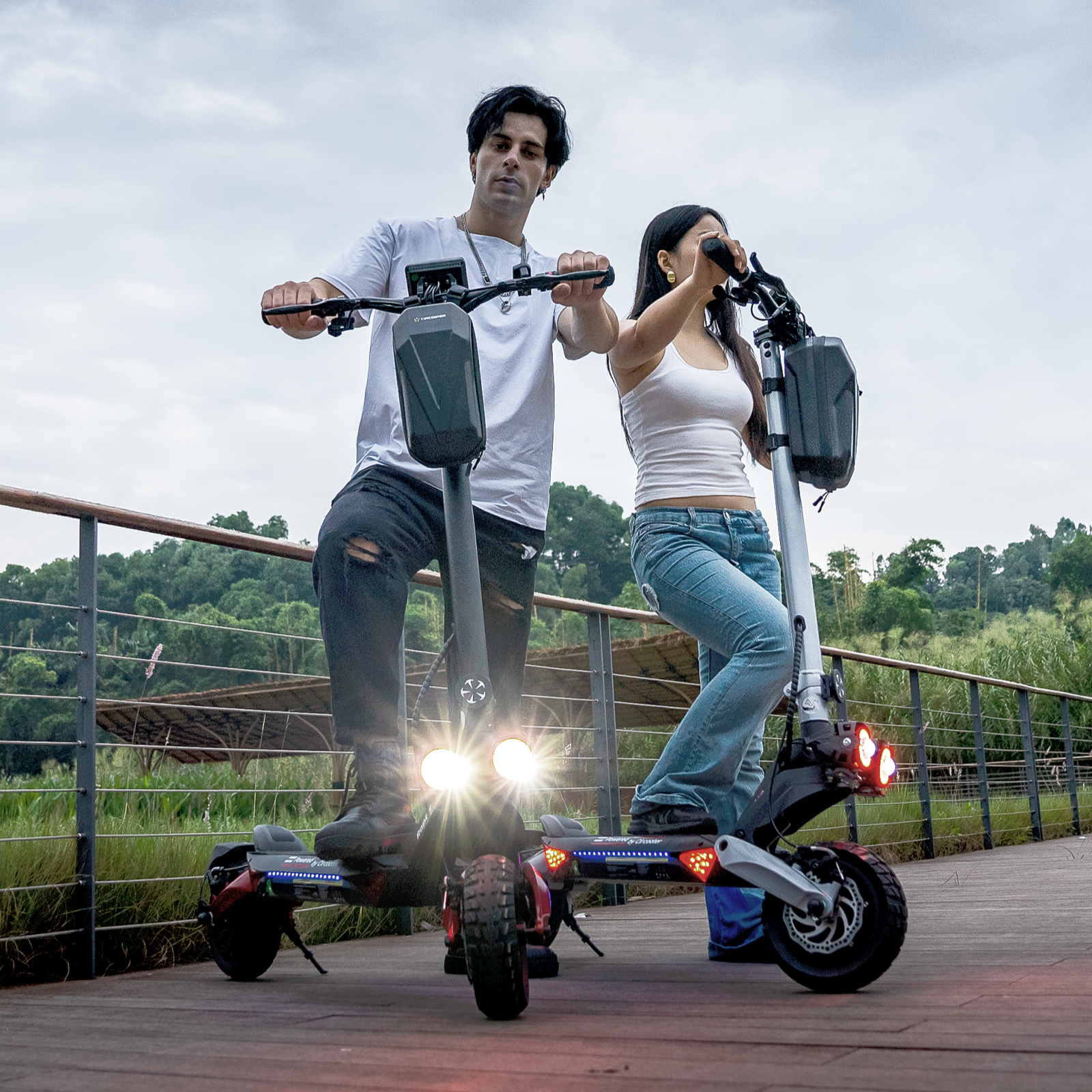

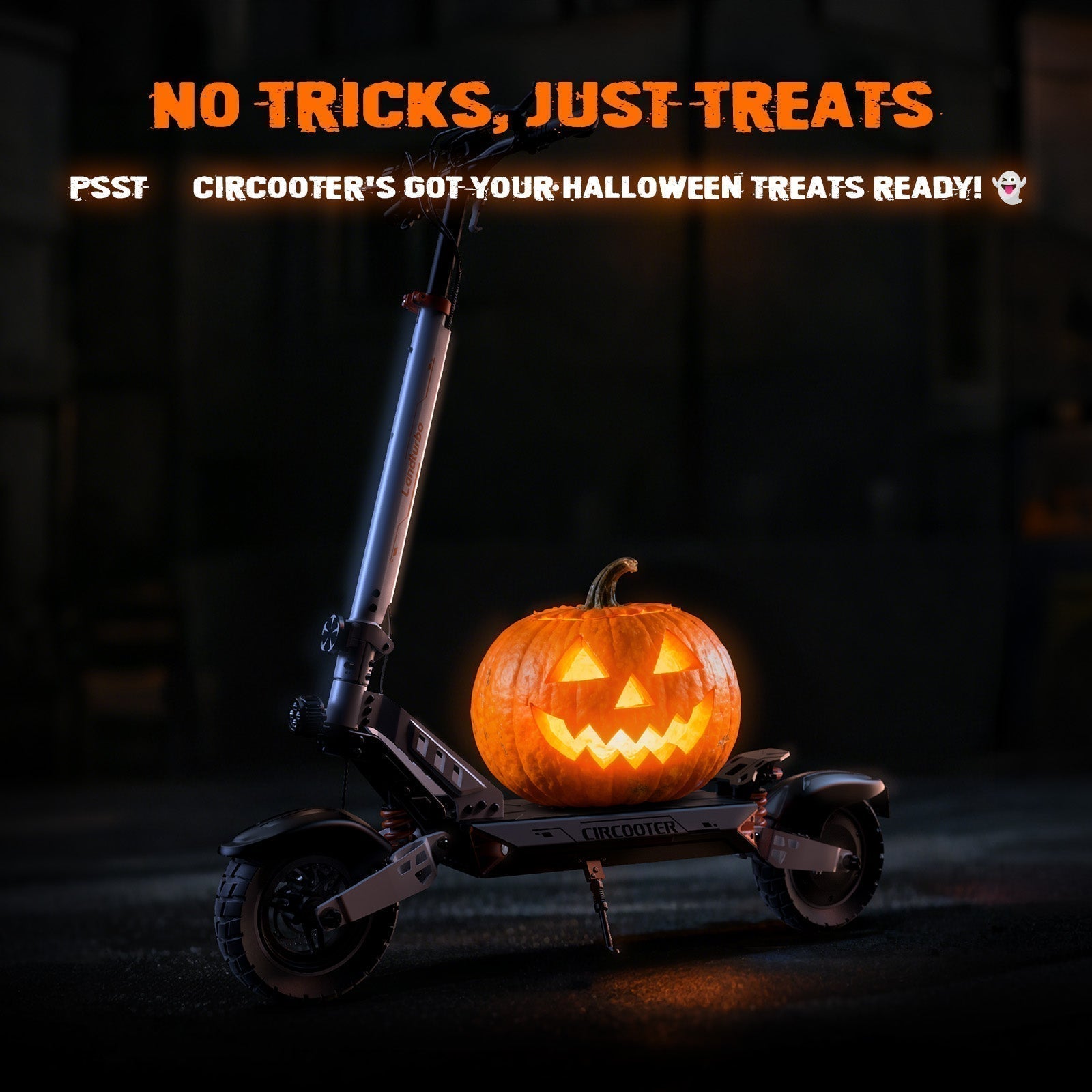
Leave a comment
All comments are moderated before being published.
This site is protected by hCaptcha and the hCaptcha Privacy Policy and Terms of Service apply.